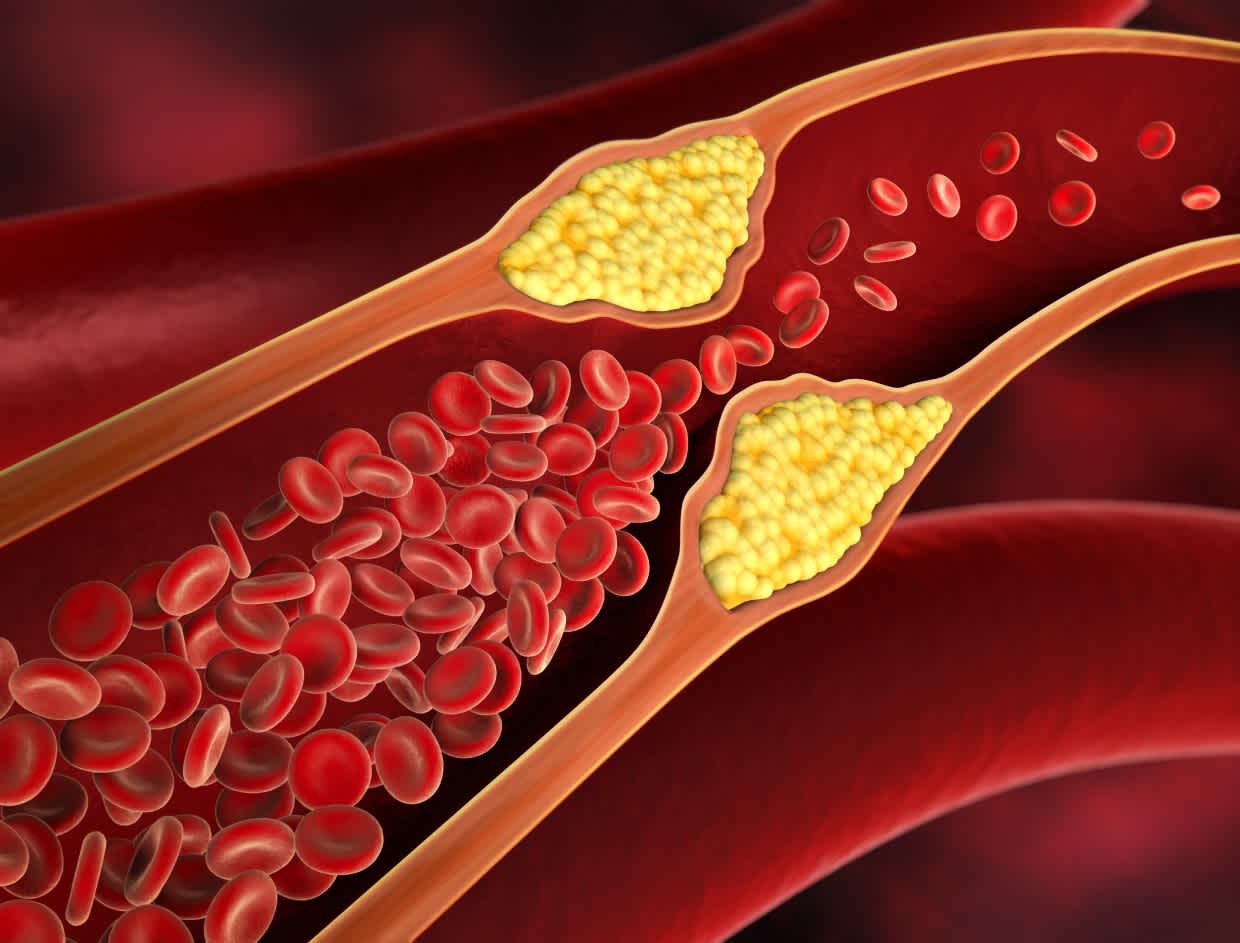Welcome to an in-depth exploration of ALS, a relentless and incapacitating disease that affects millions worldwide. In this comprehensive article, we delve into the intricate details of Amyotrophic Lateral Sclerosis, shedding light on its causes, symptoms, diagnostic procedures, available treatments, and ongoing research efforts. Our goal is to provide you with a comprehensive resource that not only educates but also empowers individuals and families facing this challenge.
Understanding ALS: Unveiling the Enigma
Amyotrophic Lateral Sclerosis, commonly referred to as ALS or Lou Gehrig’s disease, is a progressive neurological disorder that primarily affects the nerve cells responsible for controlling voluntary muscles. This devastating condition leads to the gradual degeneration of motor neurons in the brain and spinal cord, resulting in a significant loss of muscle control, strength, and function. Although the exact cause of ALS remains elusive, ongoing research suggests a complex interplay between genetic and environmental factors.
Unmasking the Symptoms: Recognizing Early Signs
Recognizing the early signs of ALS is crucial for timely intervention and management. Initial symptoms often include muscle weakness, twitching, or cramping, which may be dismissed as common occurrences. However, as the disease progresses, individuals may experience difficulties with speech, swallowing, and even breathing. The gradual loss of motor function can lead to a decline in the ability to perform everyday tasks, severely impacting one’s quality of life.
Diagnosing ALS: Navigating the Diagnostic Journey
Diagnosing ALS requires a comprehensive approach, as no definitive test exists. Physicians rely on clinical observations, neurological examinations, electromyography (EMG) tests, and various imaging techniques to rule out other conditions and confirm the presence of ALS. This intricate diagnostic process ensures a precise and accurate assessment, enabling healthcare professionals to tailor treatment plans to individual needs.
Confronting the Challenge: Available Treatments and Therapies
Currently, there is no cure for ALS, making the focus of treatment efforts centered on managing symptoms, enhancing the quality of life, and maximizing functional abilities. Multidisciplinary approaches involving neurologists, physical therapists, speech therapists, and respiratory specialists aim to address various aspects of the disease’s impact. Medications, assistive devices, and supportive therapies play a pivotal role in alleviating symptoms and enhancing mobility.
Illuminating the Research Landscape: Progress and Hope
Despite the absence of a definitive cure, the field of ALS research is rapidly evolving, offering glimmers of hope for the future. Ongoing studies focus on deciphering the genetic underpinnings of the disease, identifying potential risk factors, and developing innovative therapies. Gene therapy, stem cell research, and precision medicine are among the exciting avenues being explored, with the aim of ultimately unraveling the complexities of ALS and devising effective treatment strategies.
Empowering the ALS Community: Education and Advocacy
Supporting individuals and families affected by ALS is an essential facet of combating the challenges posed by this disease. Advocacy groups, non-profit organizations, and online communities offer vital resources, emotional support, and a platform for sharing experiences. By raising awareness and funding research initiatives, these collective efforts contribute to fostering a brighter future for those living with ALS.
Conclusion: Navigating the ALS Journey with Knowledge
In conclusion, Amyotrophic Lateral Sclerosis remains a formidable adversary, yet our understanding of the disease continues to expand, bringing us closer to improved treatments and, hopefully, a cure. By comprehending the intricacies of ALS, recognizing early symptoms, and engaging in proactive healthcare practices, individuals can navigate this journey with resilience and determination.














